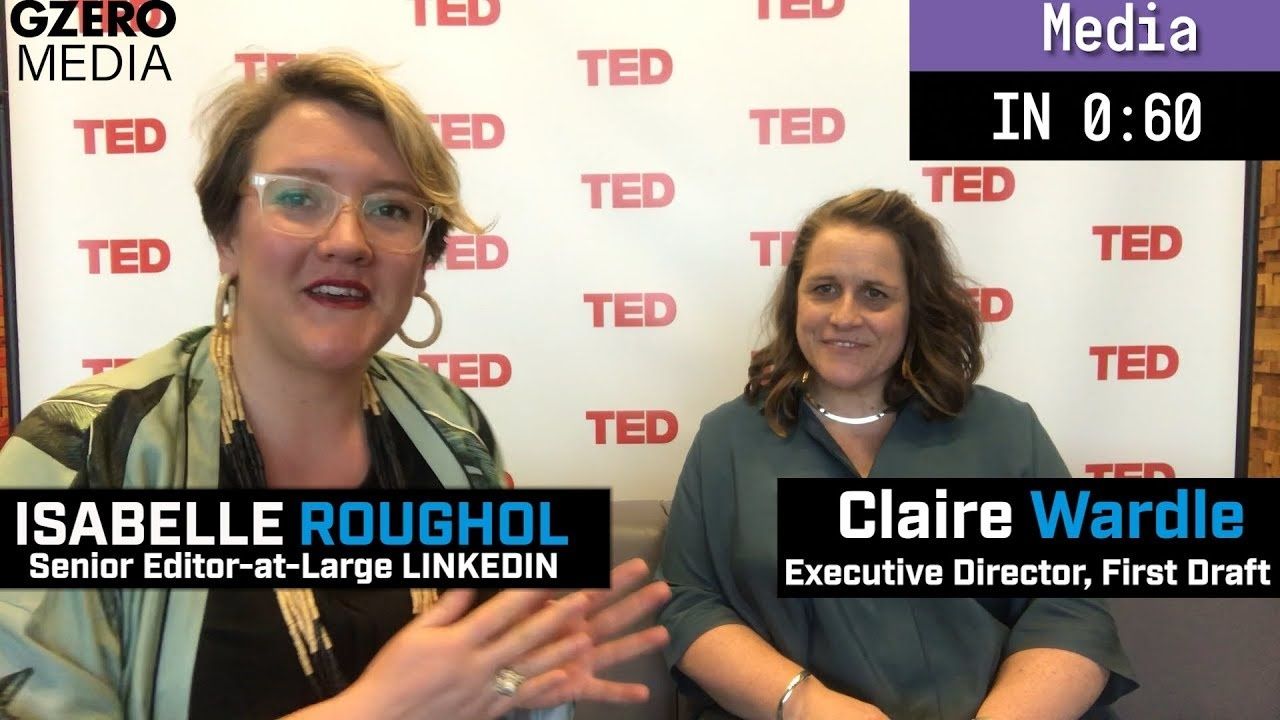In 60 Seconds
Why You Should Stop Saying "Fake News": Media in 60 Seconds

Why You Should Stop Saying "Fake News": Media in 60 Seconds

Claire Wardle, Executive Director of First Draft joins Isabelle Roughol, Senior Editor-at-Large at LinkedIn for Media in 60 Seconds!
Why should we stop using the term "fake news"?
I refuse to use it to such an extent that I actually say "f*** news." And the reason is because it's just a completely useless term for describing the complexity of the situation. None of this really masquerades as news. It's content, social posts, videos and most of it isn't fake. Most of it is misleading or old content used out of context. So it's not helpful. And more importantly, it's used to attack a free and independent press - globally. Politicians, not just Trump, many politicians on the left and the right use it to attack a free, independent press. Any reporting that they don't like they dismiss. And actually, when journalists keep using it like, "Oh yeah, but that's what the audience uses." Well, they're using a weapon that's used to attack them. There are many words that we no longer use because we know that they're harmful. This is a harmful word and so we should just stop using it. We can say lies, rumors, conspiracies, propaganda. What is it that we're talking about? Because we don't need to use this phrase!
Gotta maximize sleigh-holder value. #PUPPETREGIME
On Ask Ian, Ian Bremmer breaks down the steady escalation of US pressure on Venezuela and why direct military action is now a real possibility.
From civil conflicts to trade wars to the rise of new technologies, GZERO runs through the stories that have shaped this year in geopolitics.
Ukrainian intelligence services assassinated a senior Russian general on the streets of Moscow on Monday, detonating a bomb strapped to his car.